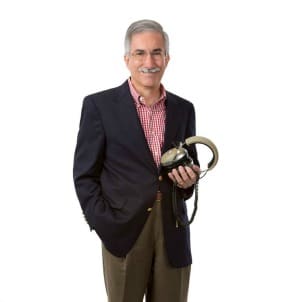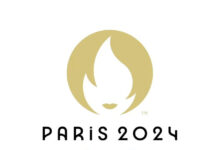
(by John Garziglia) In the spirit of Top 10 lists, the following are 10 things to know about the upcoming July 26 – August 2 AM-exclusive filing window for new FM translators as announced in the FCC’s June 6, 2017 Public Notice:
- This filing window is open only for the FCC licensees of Class C and Class D AM stations. If you are not the actual licensee of an AM station, you cannot file in this window. This is different from last year’s 250-mile move window when the FM translator licensee did not have to be the licensee of the AM station.
- If you do not know whether your AM is a Class C or D station, the easy way to find out is to look it up on www.FCCInfo.com. Class C stations are the “local” channel stations that are mostly omni-directional day and night, and are on a frequency of 1230, 1240, 1340, 1400, 1450, or 1490 kHz. Class D stations are daytime-only stations (which now includes those with miniscule nighttime power). A filing window to include Class A and Class B AM stations will be opened later.
- If your AM station was specified as the primary station in any FM translator modification application filed last year in the 250-mile move window, an application for it cannot now be filed in this FM translator window.
- The first step is identifying a frequency upon which to file. Do not make the mistake of assuming no frequencies are available. Good consulting engineers have been able to find FM translator frequencies in many communities when the prevailing wisdom was that none were available. A creative use of routine waivers, directional patterns, and power levels often yields a viable FM translator.
- If you are in an area where there is a wealth of available frequencies, drive each frequency to determine which has the least incoming interference and, as importantly, which frequency is the least likely to engender potential interference complaints from listeners to existing radio stations.
- The FCC applications to file in this window are easy, sort of. If you have never filed for an auction facility before, now may not be the time to learn how. There are several fatal screw-ups, such as failing to correctly list the file number of the Form 349 on the Form 175, having one individual list himself or herself as a bidder on more than one Form 175, a licensee filing multiple Forms 175, and specifying the applicant as non-commercial educational even if true. Having a good attorney or consultant is prudence similar to having a qualified pilot fly a passenger airplane.
- Unlike FM translators granted under a Mattoon Waiver or the 250-mile window, which are locked to an AM station for four years, an FM translator granted through this AM-exclusive filing window will be forever locked to the AM station under today’s FCC policies. If the AM station goes off the air, so must the FM translator. Likewise, if the AM station is sold, the FM translator must follow it.
- If you as an AM station licensee are ambivalent about filing for an FM translator in this upcoming filing window, keep in mind that the FCC’s process is an incremental one. At any stage of the process you can decide to abandon the quest – no harm, no foul. But, if the initial Form 349 and Form 175 applications are not filed within the upcoming six-business-day filing window, or within the subsequent filing window yet to be announced, there may not be another opportunity to obtain an FM translator.
- Keep in mind that the area in which to locate an FM translator for an AM station has been expanded. The FCC’s new rule now allows the 60 dBμ of an FM translator carrying an AM station to be within either the AM station’s 2 mV/m contour or 25 miles from the AM transmitter site.
- Finally, even if your AM station already has carriage on an FM translator, there are good reasons for filing for another FM translator, assuming that the FM translator was not part of last year’s 250-mile filing window. Another FM translator is likely to increase your AM station’s value and gives future flexibility.
Happy filing!
John F. Garziglia is a Communications Law Attorney with Womble Carlyle Sandridge & Rice in Washington, DC and can be reached at (202) 857-4455. or[email protected]m








